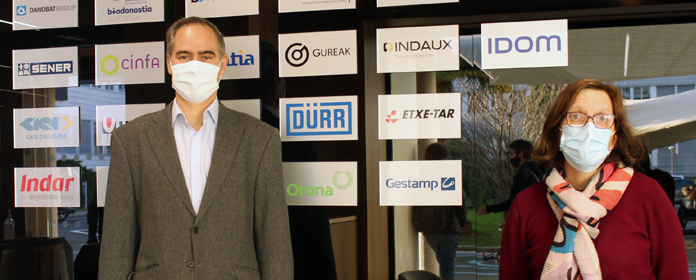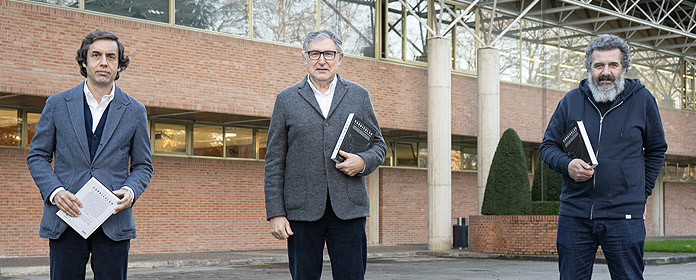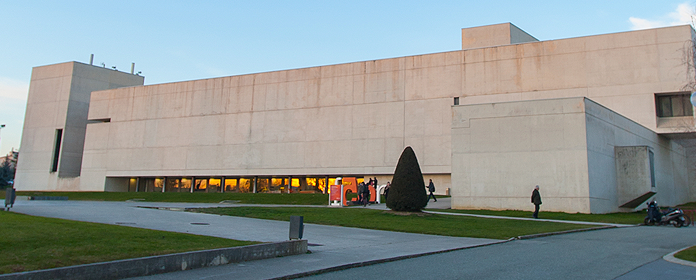Luis de Pablo: "The Pamplona Meetings of '72 were Alea, but in a big way".
"Jesús Huarte: I want to make a very big gift to my city, Pamplona. Luis, what do you have in mind? - Luis de Pablo: Well, Alea, but in a big way. And if Alexanco wanted to get into such a mess with me, it would be ideal. And he did. And he was."

This was the germ of the most important artistic event ever held in Pamplona, which this year celebrates its 45th anniversary. this year celebrates its 45th anniversaryaccording to the composer Luis de Pablo during his intervention in the book presentation The 1972 Pamplona Encounters at the University of Navarra Museum. Just as Alea was the laboratory for musical experimentation, the Encuentros were a boost to contemporary artistic creation. "Both projects were thanks to the daring of their creators, De Pablo and Alexanco, and to the generosity of the Huarte family", the painter Xabier Morrás wanted to emphasize.
In the words of the Museum's general director , Jaime García del Barrio, "the University of Navarra Museum has much in common with the '72 Encounters: both remain current, promote artistic creation, with an interdisciplinary outlook and have an international vocation." "This is why for us the Encuentros are more than just an event: they are our inspiration, part of our DNA and our origin, since this museum also arose after the donation of the collection of María Josefa Huarte" .
The Issue consists of 439 pages, and its edition has taken two years of work de research, during which time interviews have been conducted with its main protagonists, essays have been commissioned and new archives of data and photographs have been explored, obtaining advances in the knowledge of this artistic event. Although according to its coordinator, Rafael Llano, "in conducting the interviews I have not found two equal stories, so the dialogue is still open", the truth is that the book provides hitherto unknown information.
For his part, José Luis Alexanco recalled the process in which he was involved in editing what was the first book on the Encounters - today any remaining copy is considered a jewel - and stressed that "it took me more than eight months of work and correspondence to get that book out; today, with the Internet, I would have had it out in three weeks".
"This is still tremendously modern; it happened in '72 but it is still present today," noted Eduardo Momeñe, who photographed the event, along with Pío Guerendiain and others.
<br>Al acto acudieron numerosas personas del mundo del arte y la cultura de Pamplona:<br>Javier Manzanos, from Pamplona City Council; Gregorio Díaz Ereño and Elena Martín, from the Jorge Oteiza Foundation; artists such as Javier Balda, Carlos Cánovas and Adolfo Martínez; Iñigo Silva, partner of the book; Charo Huarte and her husband Juan Martínez de Lejarza, representing the Huarte family, among other guests and experts.
An attendee asked Luis De Pablo: "What would you do if you were commissioned to organize the Encuentros today? to which the composer replied "take the first train and run away". The colloquium with the public was closed by Iñigo Silva, who encouraged everyone to maintain the critical and transgressive spirit that reigned during those days and to transmit it to the next generations. "I am in the photo that illustrates the book cover. I was 45 years younger. For me, the most important thing is for my children to see me."




